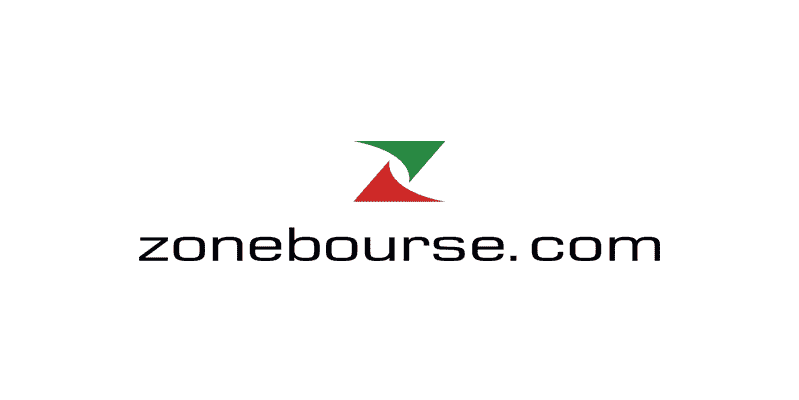Washington (awp/afp) – The American central bank (Fed), determined not to let inflation take hold for a long time, should decide, Tuesday and Wednesday during its meeting, on a new sharp increase in its key rates , despite the threat of recession.
Housing, food, new cars, etc.: price increases remained stronger than expected in August, finally convincing the Fed to act. At +8.3% over one year, the progression of the CPI inflation index has certainly slowed down slightly, thanks to the drop in petrol prices, but it remains too high.
The world’s largest economy is showing some signs of a timid slowdown in demand, in real estate which is looking gloomy, or even in the manufacturing sector.
But “unsurprisingly, the Fed will raise rates again by 75 basis points,” predicts Nancy Vanden Houten, economist for Oxford Economics.
The monetary institution, which has raised its key rates four times since March, had already resorted to this increase, the largest since 1994, in June and then in July.
Its key rates are currently between 2.25 and 2.50%. It is gradually raising them, in order to increase the cost of credit for individuals and businesses, and thus slow down consumption and investment.
Its European counterpart, the ECB, also struck a blow against inflation at the beginning of September, and raised its rates by 75 basis points, its key rates, unheard of since the creation of the euro.
“Burning Numbers”
The bulk of market participants expect the Fed to raise rates on Wednesday by 75 basis points (three-quarters of a percentage point), according to CME Group’s futures products valuation.
But an even greater increase of one percentage point (100 basis points) cannot be ruled out.
The “hot numbers” of inflation “have increased the pressure on the Federal Reserve to raise rates by one percentage point,” said Diane Swonk, chief economist for KPMG.
“This will be one of the toughest and most politically charged decisions. It marks the Federal Reserve’s first step toward a true recession,” she added.
Slowing down economic activity without causing a recession, increasing the unemployment rate but not too much, … It is a perilous balancing act that awaits the powerful institution.
There is “a risk” of recession”, recently recognized the Minister of Economy and Finance of Joe Biden, Janet Yellen, affirming however that the priority is to curb this rise in prices.
The rise in rates should “lead the United States” to a short recession, warned for its part Dana Peterson, chief economist of the Conference Board, Friday during a press conference.
Key rates that would exceed 4% would even cause “a much deeper and potentially longer economic slowdown”, she adds.
Economic forecasts
In addition to its rate decision, the Fed will update its forecasts for GDP growth, inflation and the unemployment rate.
“Will the updated economic projections suggest a recession?” asks Nancy Vanden Houten.
However, the excellent health of the job market gives the Fed leeway to be aggressive. The unemployment rate in the United States is 3.7%, one of the lowest in 50 years, and there are not enough workers to fill all the vacancies.
Former US Treasury Secretary Larry Summers, who was one of the first in 2021 to warn of an “overheating” economy, is also leaning towards an increase of one percentage point, for “Boost the credibility” of the Fed, that is to say, show that it can act effectively against inflation, he tweeted.
Because the American central bank, which for a long time considered this episode of inflation as only transitory, now wants to act before history repeats itself.
“Time is running out,” Fed Chairman Jerome Powell said recently, as the specter of inflation in the 1970s and 1980s looms.
For almost ten years, prices had soared, rising in some months close to 15% over one year, and the Fed’s attempts to control it had failed.
Its president at the time, Paul Volcker, had to take drastic measures to permanently bring inflation back into line, which had led to a deep recession and an unemployment rate of more than 10%.
afp/rp
